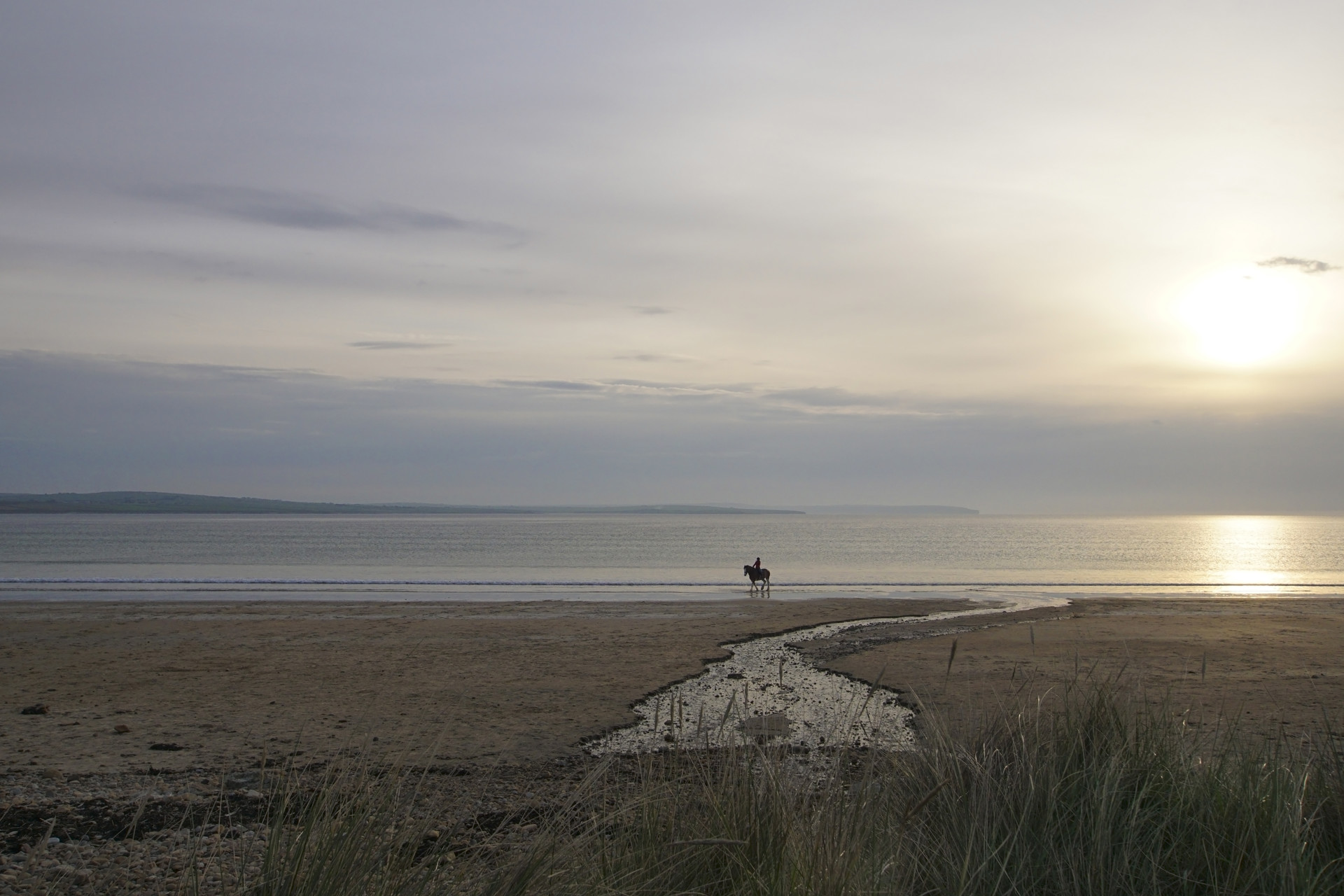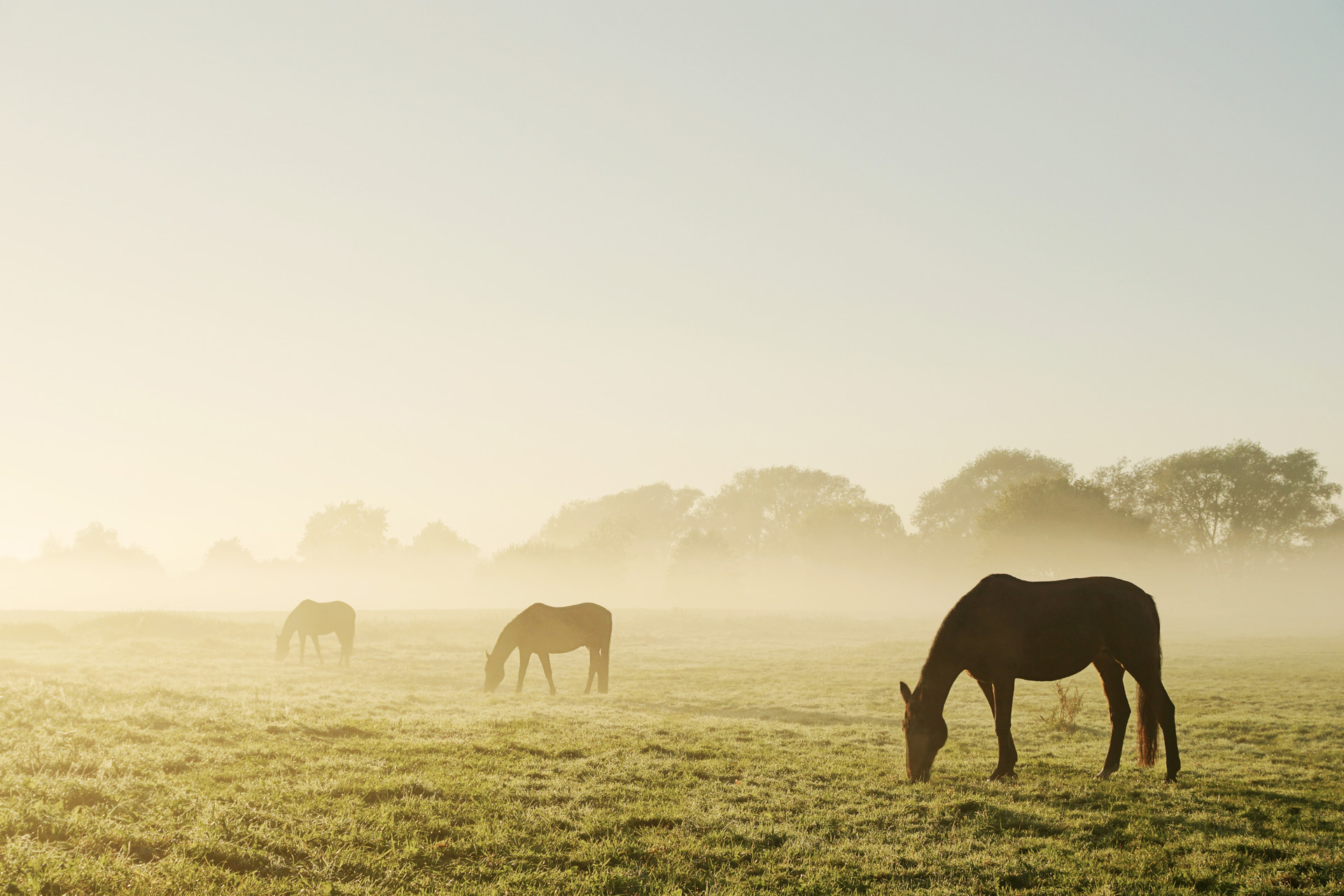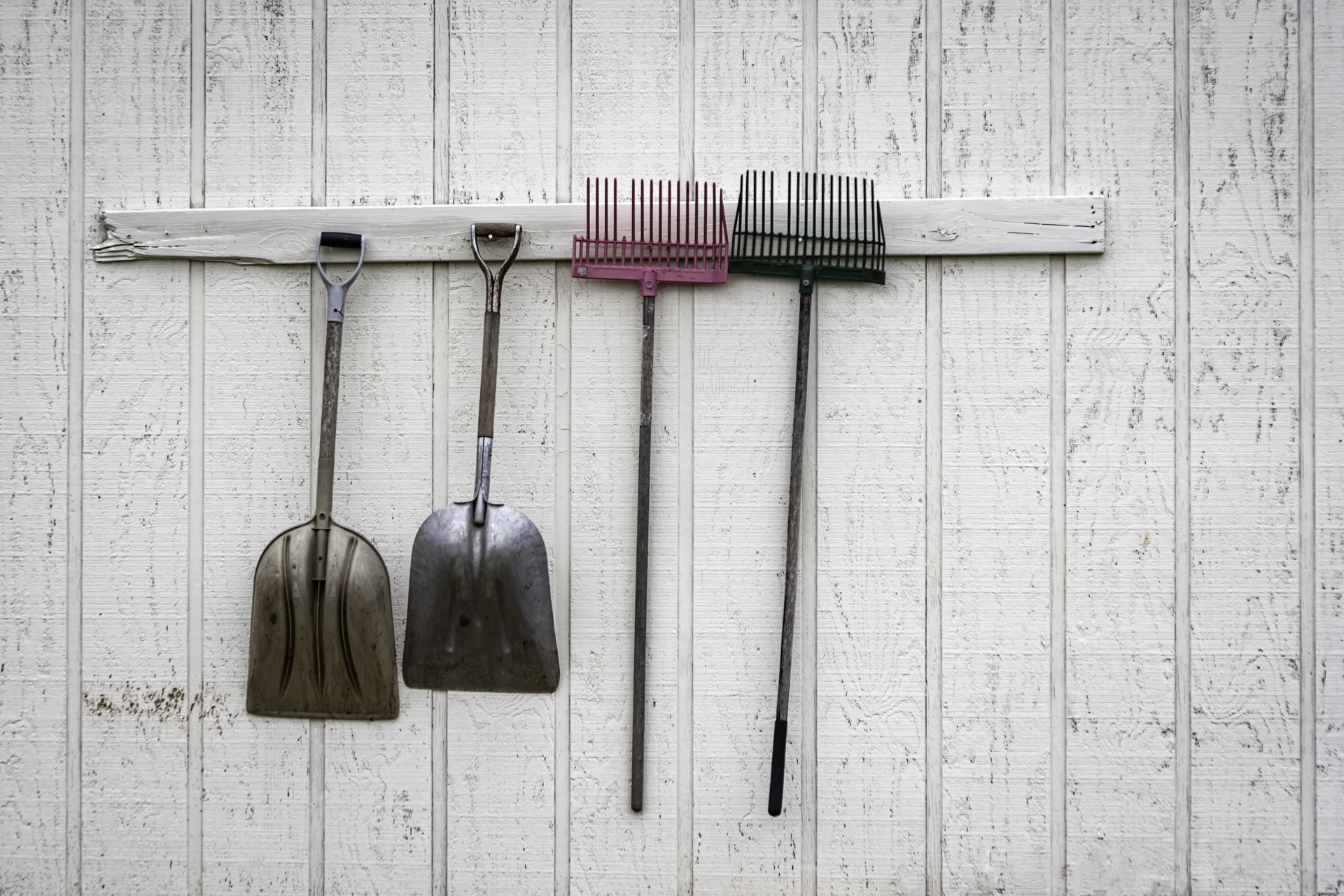
Biosecurity
How best to deal with new arrivals to your yard
To minimise the effect of infectious disease such as flu, EHV and strangles it is important to have a plan in place as to how to deal with new arrivals.The below guidelines will help you form a plan, but feel free to discuss
with your vet as different situations may require a different approach, for example, mares or stallions entering a yard for breeding.
Isolation
- Isolate new arrivals for a minimum of 2 weeks (ideally 4 weeks) During 2 weeks, most horses which are incubating disease but appeared healthy on arrival will start to show clinical signs.
- The isolation stable should ideally be at least 10 meters from the other horses, with separate airspace and minimal personnel visiting the area.
- If this is not possible, then leaving a stable empty either side of the new horse and marking out a quarantine area on the floor to minimise passers-by may be the next best alternative.
- You could use a field that is situated away from the main yard.
- If this is not possible you could use a field on the yard, but use double fencing to prevent contact and keep distance between the other horses.
- Monitor rectal temperatures twice daily and keep an eye open for clinical signs of disease such as coughing or nasal discharge.


Vaccination
- Check the horse’s vaccination status, if it does not meet your
requirements, start the primary course straight away, ensuring the second vaccination has been given before the horse leaves quarantine. - The minimum standard should include vaccinating for equine flu and tetanus.
For more information about vaccination please click the link below:
Worming
- Check when the horse was last wormed, and that it meets your
requirements. - Any new horse to the yard should be wormed with a product that treats all types and stages of worm (including encysted small red worm) Do a worm egg count 10-14 days after worming to ensure that the horse is not carrying resistant worms.
- Stable the horse for 72 hours after worming to allow the wormer to do its job without infecting the pasture.
For further information about worming click the link below:


Equipment & People
Equipment
- Separate mucking out, feeding, water and grooming equipment must be made available.
- If possible, separate muck heap.
People
- Ensure all visitors are aware of the isolation area, they must not enter it.
- For routine yard management, horses in the isolation area should be dealt with last, after all others are completed.
- Keep the number of people who are allowed to enter the area to a minimum.
- Be mindful to keep all yard dogs, cats and other horses away from the isolated horse.